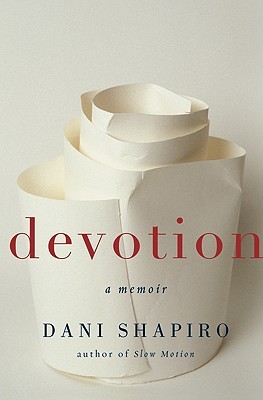I always figured, given my love for religion and literature, that I would have to read The Red Tent. I didn’t, though, because too many people I trusted told me it was a good story, but not well written. After I recently read The Handmaid’s Tale by Margaret Atwood, a friend urged me to read this, saying there were so many similar themes and ideas that it would be worth it. And she wasn’t wrong.
The Red Tent is narrated by Dinah (DEE nah), the youngest child and only daughter of Jacob, brother of Esau, by Leah, one of his four wives. Purportedly speaking out of an oral tradition of her mothers, who told her everything, Dinah relates the history of her family from long before she was born, as well as a story from all their perspectives over time. I wondered more than once at the validity of her all-knowingness in spite of the rich oral tradition she came from; far too often she knew a lot too much.
Diamant, a journalist and scholar of Judaism, has done something here that is normally the province of sages and rabbis. She’s created a midrash, or backstory, to explain gaps in the stories of Genesis, such as why Jacob had nine children by Leah if he felt cheated in marrying her, what happened to Dinah after the tragedy described in Genesis 34, and how Joseph and his coat of many colors might fit into these histories. She richly imagines what might have been, and has crafted a popular story based on aspects of Biblical history that many aren’t familiar with, such as the polygamy and polytheism of the time, as well as the deep divisions between the sexes in societal and functional roles. Best of all, for me, was the portrayal of a women’s culture in which the feminine aspect of God had not yet been so cruelly excised from the practice of the nascent religion that Christianity would later claim as its heritage. (NB, this doesn’t necessarily work the other way. Not all practitioners of Judaism believe that Christianity was the next step in development, i.e. what Judaism would become when it “grew up.” Hence the problematic assumptions made with the widespread use of the term Judeo-Christian, used unquestioningly by Christians, and hardly ever by Jews.)
The many and detailed passages about the feminine face of God were worth the time I spent with this book. Among those named were Isis, Astarte, Asherah, the Queen of Heaven (later a name given to Mary the mother of Jesus), Taweret, Gula, Innanna and more.
What didn’t work for me, in addition to the Point of View problem I described above, is that both the writing and story were too similar to a conventional romance or bodice ripper. Numerous passages detailed a romanticized physical appearance of the characters:
Rachel’s beauty was rare and arresting. Her brown hair shaded to bronze, and her skin was golden, honeyed, perfect. In that amber setting, her eyes were surprisingly dark, not merely dark brown but black as polished obsidian or the depth of a well. Although she was small-boned and, even when she was with child, small-breasted, she had muscular hands and a husky voice that seemed to belong to a much larger woman. (8, 9)
[Leah] was not only tall but shapely and strong. She was blessed with full, high breasts and muscular calves that showed to good advantage in robes that somehow never stayed closed at the hem. She had forearms like a young man’s but her walk with that of a woman with promising hips. (12)
I turned to Judah and realized that my brother’s body had begun to take the shape of a man, his arms well muscled, his legs showing hair. He was the handsomest of all my brothers. This teeth were perfect, white and small (114)
or descriptions of their love making, which I will spare you. So, as I suspected, the book was a mixed bag. I know it’s beloved by many, so my ambivalence about it will not endear me to them, but it did illuminate aspects of the society in Handmaid’s Tale, as well as the history of the feminine aspect of god. For those at least, I’m glad I read it.


